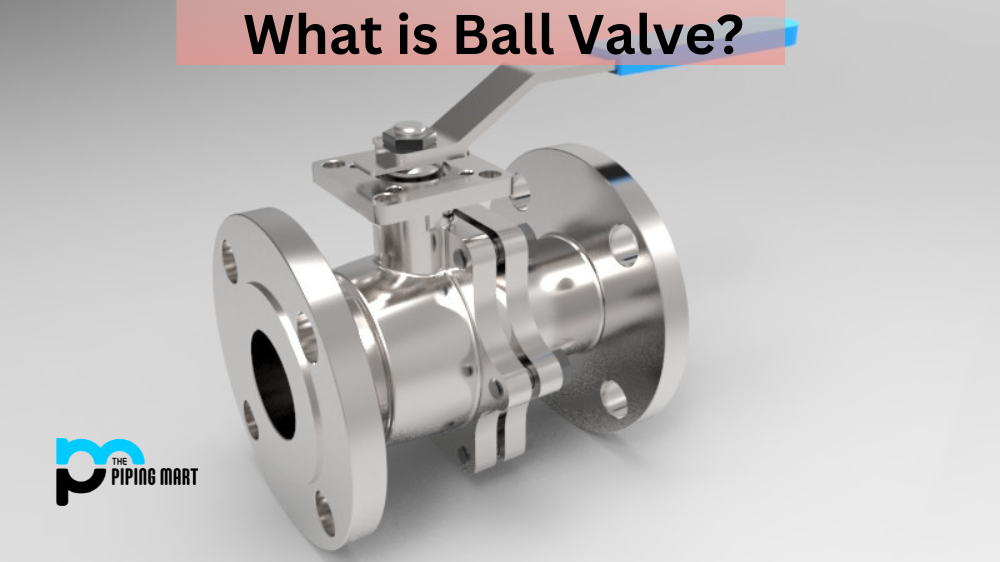What are tube benders? What are their applications?
A tube bender or pipe bender is fabrication equipment. They are used to bend tubes. They work in a way to bend the tube simultaneously preventing it from flattening out. There are numerous types of benders with varying features and specifications adhering to particular applications. One should have a clear idea of the application where the bender will be utilized. It is extremely necessary to analyze and know the bending requirements. Several other factors need to be considered while choosing a bender.
Need some insight on how to choose the perfect bender? Here are some pointers that will be your guide through these vast options.
What are the factors one needs to consider while choosing a tube bender?
The type of equipment used during any type of metalwork always has a subsequent and significant impact on the finished product. Hence, choosing the right products or equipment is a requisite. Let’s dig deeper into the aspects one needs to consider while purchasing a bender.
One should know the types of benders available:
Tube benders are generally classified based on their mechanism and operability. Here are a few types of benders available:
- Open Rotary draw Benders function by bending the tube by drawing it in a curvature. It is the perfect fit for metal tube bending. It can bend tubes up to sets of specific radii.
- Roll Benders have a pyramid structure consisting of three rollers in a triangular structure. The rollers roll the tube bending it to a specific diameter.
- Mandrel Benders are a machine consisting of steel balls. The steel balls pass through the tube supported by a curvature radius thus bending the tube. It is used for large scale bending operations
- Ram-Style Benders consist of a die that is pushed within the tube using a ram. The push of the ram shapes and bends the tube. The ram is generally powered by manual, pneumatic, or hydraulic force.
One should analyze the requirements of the application:
To analyze which tube bender is the best, it is necessary to have a clear idea of the application where it will be utilized.
Factors to be considered are:
- Operation Speed: Manual bender cannot be used for high-speed operations. Electric or pneumatic benders are the perfect choice for high-speed operations.
- The Size of the production: For heavy-duty production work, mandrel or CNC benders are the best choices.
- Monetary requirements and cost: For higher demands with expensive pricing, the CNC or electric benders are a perfect investment. For slightly lesser expensive needs, the manual bender should be considered.
- Machine compatibility: one should consider the wall thickness, diameter, material, etc. of the tube while choosing a suitable bender.
Extra Accessories and Tools:
While selecting benders, one should also look for tool kits, machines, rollers, and other accessories that will ease the process.
Other essential factors that need to be considered:
- Is my bender perfectly suitable for my application requirements?
- Is the material perfect for my machining requisites?
- Should I go for strength or flexibility? Or rather both?
- Where can I find the best quality for efficient cost?
- How to maintain and clean the equipment?

Pipingmart is B2B portal specializes in industrial, metal and piping products. Also, share latest information and news related to products, materials and different types grades to help business dealing in this industry.




